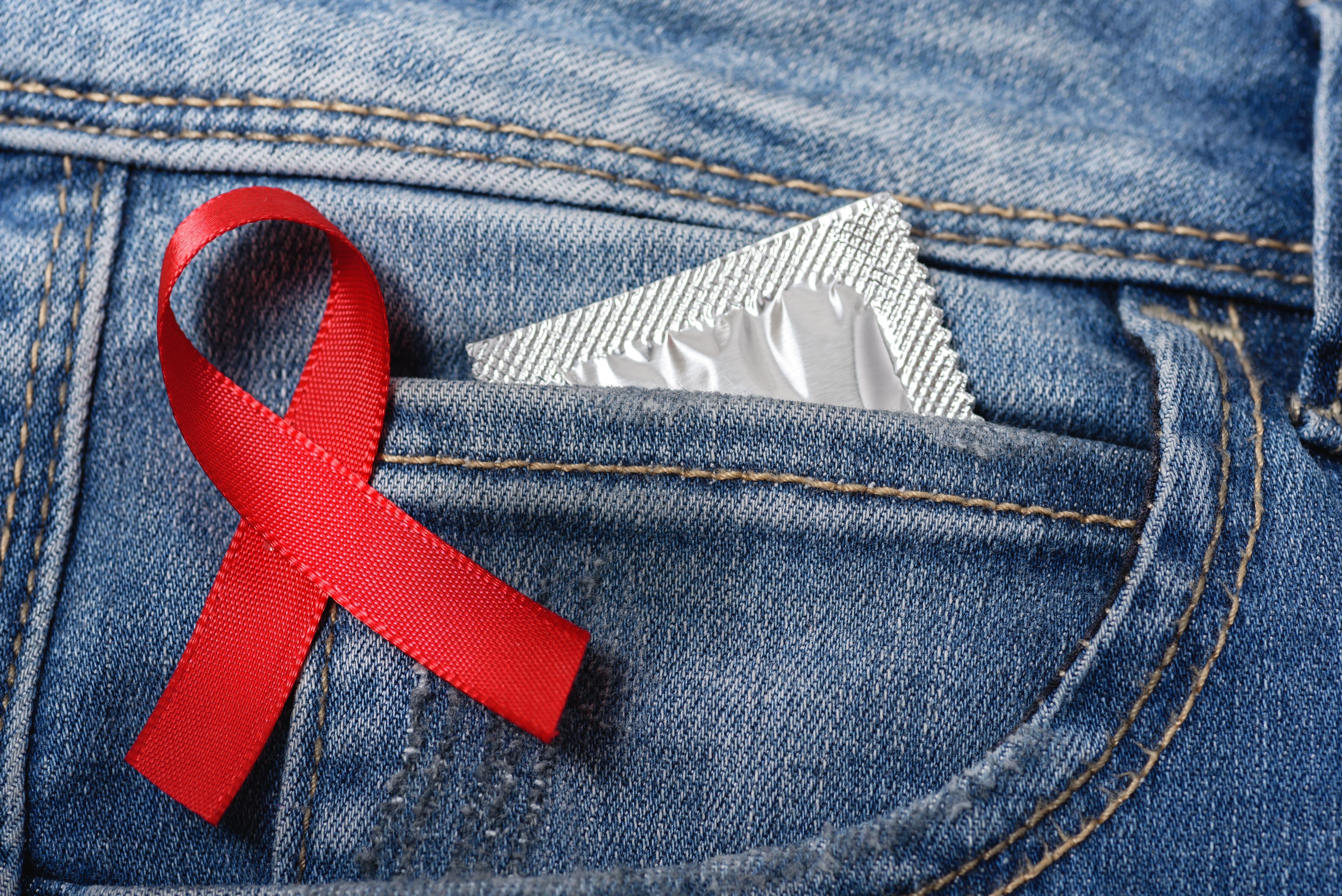- Center on Health Equity & Access
- Clinical
- Health Care Cost
- Health Care Delivery
- Insurance
- Policy
- Technology
- Value-Based Care
Enhancing HIV Outcomes in Adolescents Can Be Done Through Evidence-Based Interventions
Interventions, such as asset-building, differential service delivery interventions, and digital interventions can help to improve health outcomes in adolescents with HIV.
A review published in eClinicalMedicine1 found that interventions of various design, including digital interventions and interventions focusing on social outcomes, could help to improve overall outcomes in adolescents living with HIV.
The United Nations Members States announced the 95-95-95 target in 2021,2 indicating the percentage of people globally that should be aware of their status, are on treatment, and are virally suppressed, respectively. However, these targets are still trending below the number that WHO has set. Approximately 2.4 million adolescents are living with HIV but the knowledge on how to address the HIV epidemic for this demographic is limited due to their limited autonomy and low engagement. This review aimed to identify programs and interventions that could help to improve the outcomes of HIV in adolescents living with the condition.
The researchers used the PubMed, EMBASE, Scopus, and Cochrane Library databases to search for studies on June 1, 2023, and September 27, 2024. Only studies published between January 1, 2015, and June 6, 2023, were included in the review. Studies with a comparator arm were included, including randomized controlled trials. Adolescents in the studies were defined as those aged 10 to 19 years; all included studies had to include results for populations of at least 75% adolescents. All studies included programs or interventions that were tested for their effectiveness and their quality in influencing adolescents.
Interventions can help to reduce the incidence of HIV and improve awareness in adolescents | Image credit: lordn - stock.adobe.com

There were 99 records included in the review, which included both 96 journal articles and 3 conference abstracts. Randomized controlled trials made up 57 of the studies included in the review. A total of 18.2% were from upper-middle-income countries, 51.5% were from lower-middle-income countries, and 23.2% came from low-income countries. Risk of bias was found to be high in 37.4% of the studies included.
Uptake of pre-exposure prophylaxis (PrEP) was the aim of several interventions, with digital interventions (RR, 2.02; 95% CI, 0.99-4.09), multi-level interventions (RR, 1.18; 95% CI, 0.27-5.28), and psychosocial support (RR, 1.61; 95% CI, 0.99-2.61) having comparable results. The efficacy of interventions on improving HIV testing was also analyzed, with educational interventions (RR, 1.30; 95% CI, 1.04-1.62), digital interventions (RR, 1.79; 95% CI, 1.23-2.61), multi-level interventions (RR, 6.70; 95% CI, 3.98-11.27), financial incentives (RR, 2.23; 95% CI, 1.84-2.70), self-care (RR, 1.45; 95% CI, 1.07-1.97), and asset building (RR, 1.38; 95% CI, 1.15-1.65) all proving effective in increasing testing.
Adolescents had improved awareness of HIV after treatment as prevention (RR, 2.96; 95% CI, 2.48-3.54), multi-level interventions (RR, 1.84; 95% CI, 1.31-2.57), and asset building (RR, 1.54; 95% CI, 1.31-1.81). Adherence was improved after financial incentives (RR, 1.52; 95% CI, 1.23-1.89) and psychosocial support (RR, 1.20; 95% CI, 1.07-1.36). A significant increase in adolescents with viral suppression was found after health interventions (RR, 1.36; 95% CI, 1.04-1.77), differentiated service delivery (RR, 1.19; 95% CI, 1.06-1.33), and disclosure support (RR, 1.89; 95% CI, 1.39-2.58).
Other interventions included mental health interventions for adolescents with HIV. These interventions increased the use of sexual and reproductive health services, lowered co-infections of sexually transmitted infections, reduced the prevalence of pregnancy, increased use of condoms, reduced reports of stigma, and decreased reports of transactional sex.
There were some limitations to this study. Control groups were poorly described in the studies included and had high heterogeneity. A proportion of the studies were not randomized and little to no adjustments for confounders. Moderate to high concerns were found in some of the studies included in the review. Engagement is hard to measure in adolescents which could effect the conclusions drawn from the studies. Treatment studies were more common than those based on prevention using PrEP. Additional abstracts from conferences could have been acquired through a more expansive search of grey literature.
"This systematic review demonstrates that there are many evidence-based strategies to enhance HIV prevention and care among adolescents in high-burden countries. The data gathered can help to inform policy makers as they scale up HIV services tailored for young people," said Joseph D. Tucker, co-author of the review, in a statement to The American Journal of Managed Care®.
Being able to target specific needs for adolescents with HIV using different forms of intervention is vital in achieving the target set out by United Nations Member States to address the HIV epidemic.
References
- Tao Y, Byrne M, Ho D, et al. HIV interventions across the care continuum for adolescents in high-burden countries: a systematic review and meta-analysis. eClinicalMedicine. 2024;78:102989. doi:10.1016/j.eclinm.2024.102989
- Reaching the 95-95-95 targets: the importance of multi-stakeholder collaboration: key considerations to reach the 95-95-95 targets. International AIDS Society. Accessed January 7, 2025. https://www.iasociety.org/sites/default/files/CPP/IAS-CPP-Key-considerations.pdf
Elevating Equitable Health Care for the LGBTQ+ Community
June 18th 2024For the third episode in our special Pride Month series, we speak with Patrick McGovern, CEO of Callen-Lorde since August of 2023 and an outspoken advocate for HIV; lesbian, gay, bisexual, transgender, queer, plus (LGBTQ+); and community health.
Listen
Community Outreach Is Enabling CeSHHAR to Close HIV Care Gaps in Zimbabwe
April 6th 2021The Centre for Sexual Health and HIV/AIDS Research Zimbabwe conducts evidence-based research related to HIV and AIDS, as well as provides and implements sexual and reproductive health education and interventions among sex workers, children, and adolescents, and in the area of masculinity.
Listen
